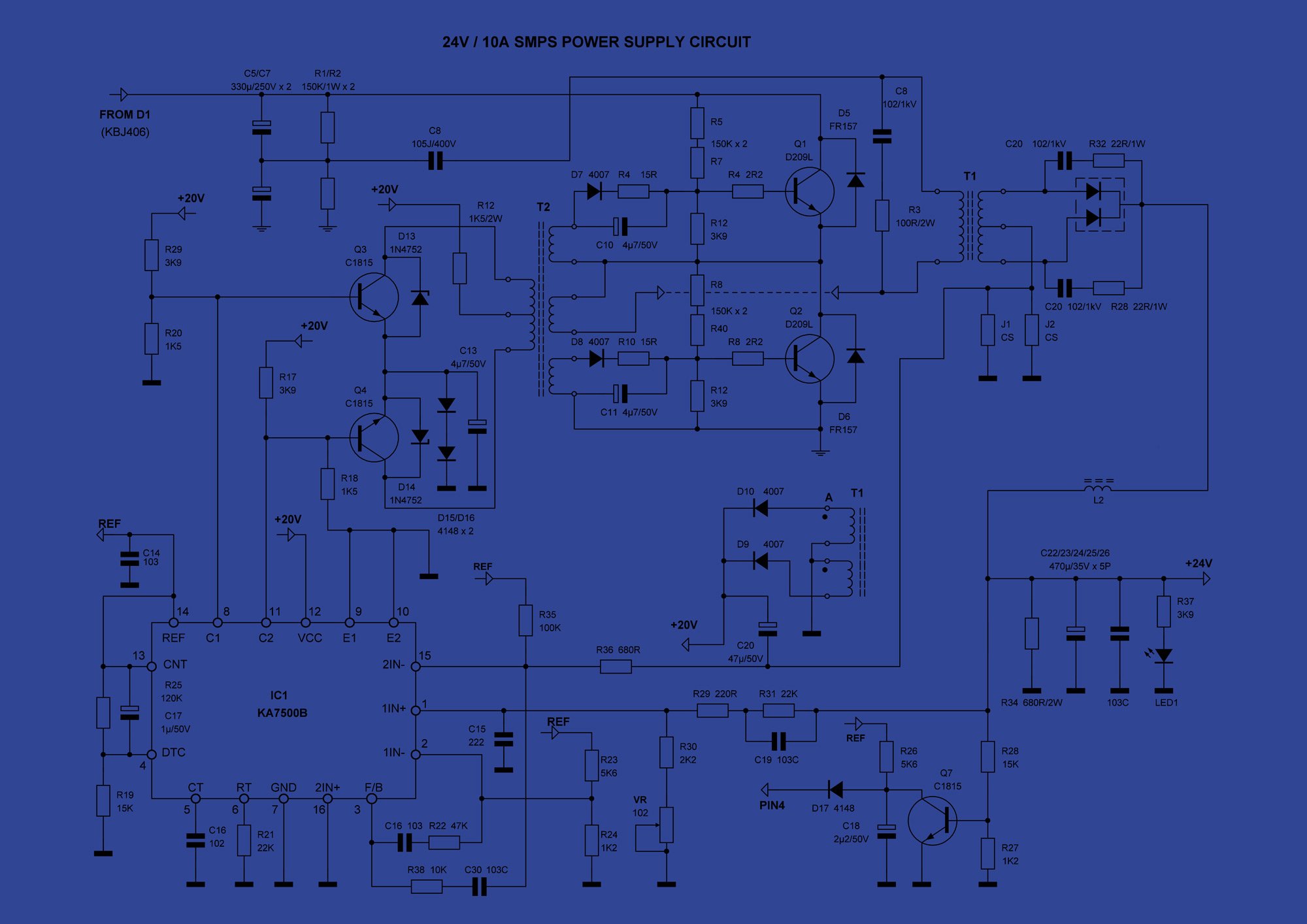

Start Here:
FCC 47 CFR Part 15
This is the part of FCC regulations that covers normal electronics, as opposed to systems that have intentional RF transmitters and receivers.
Title 47 of the Code of Federal Regulations, Chapter I, Subchapter A, Part 15, “Radio Frequency Devices” is one of the main ways the Federal Communications Commission controls electronic devices from interfering with other systems in the same area. Part 15 is publicly available. It deals with items that are capable of generating RF interference and aren’t operated by licensed users (an example of licensed operators would be Ham radio enthusiasts).
Part 15 defines Class A and Class B digital devices. Class A devices are specifically for use in industrial environments, such as a controller unit for an industrial furnace. Class B devices are meant for residential use (even if they’re often used in business environments, such as a laptop). The limits on emissions are more strict for Class B devices, since they are used in open environments, whereas the Class A units are assumed to be used in environments where stricter controls on unit-to-unit interference are possible. Subpart B has the quasi-peak and average limits for unintentional radiators, units that do not have an intentional RF transmitter capability. (For more on quasi-peak measurement, here’s an explainer.)
For consumer electronics, the main route of compliance is the Supplier’s Declaration of Conformity. The idea is that the equipment manufacturer has a product sample tested to ANSI C63.4 for both conducted and radiated emissions, and keeps a copy of the test report that shows passing results. (Products that have intentional radiators, such as a Bluetooth or WiFi element, need to test to ANSI C63.10.) If there is ever a question about the product causing unwanted interference problems, the FCC will contact the supplier for the evidence of compliance. Every year several companies are fined for operating non-compliant equipment that ends up jamming neighboring systems, and the fines can add up quite quickly.
There is no immunity requirement from the FCC--their priority is to make sure equipment available on the market does not cause RF interference to other systems. They don’t particularly care whether your product works or not, which is what immunity standards fundamentally address.
TIP:
FCC testing is most similar to CISPR 32. Testing to CISPR 25 or MIL-STD-461 (RE102 or CE102) is not directly comparable to FCC limits, since the test setups are too different.
